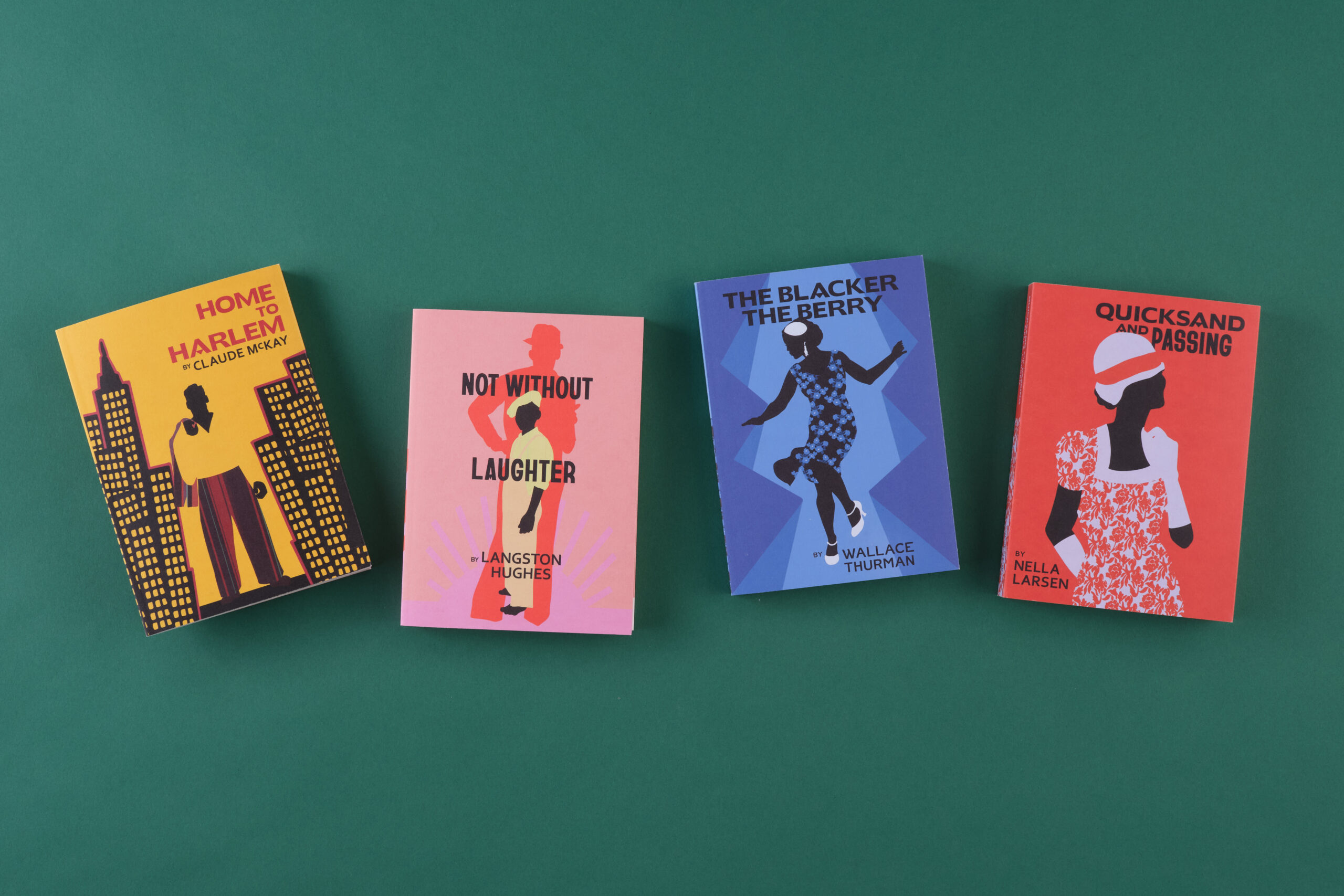The essential Harlem Renaissance reads

A century has passed since some of the most stylistically radical works of modernism were published in Europe: The Waste Land, Ulysses, Jacob’s Room were all published in 2022. Meanwhile, literary landscape was also shifting across the pond, led by some of the most innovative writers in the English language.
These four incredible novels are cornerstones of the most significant Black arts movements in modern history: the Harlem Renaissance.
Read more: 20 books that defined the 1920s
Quicksand and Passing by Nella Larsen (1928, 1929)
Nella Larsen wrote two novels in her lifetime, and this edition contains both. The first, Quicksand, follows a mixed-race woman who moves around the world; it becomes easy for her to leave behind places but the discrimination she’s running from is inescapable. Passing is about two childhood friends – one of whom lives her life ‘passing’ as a white person, the other staying true to their shared heritage – who reconnect later in life.
Passing might remind you of a novel by Brit Bennett, and for good reason: The Vanishing Half was partly inspired by Larsen’s second novel. If you wanted to enhance your sense of the story, Tessa Thompson and Ruth Negga star in the 2021 film adaptation of the same name.
Not Without Laughter by Langston Hughes (1930)
Langston Hughes is often called the ‘Poet Laureate of Harlem’, and his well-known journalism and non-fiction became important documents in the support and promotion of the civil rights movement. Though better known for his poetry and journalism, Hughes was also a gifted writer of fiction. His debut novel Not Without Laughter follows Sandy as he grows up in a segregated world; the older he gets, the more punished he is for his race, so it feels as though things are getting worse rather than better. There is light, though. His grandmother encourages Sandy to have room for love in his heart: "White peoples maybe mistreats you an’ hates you, but when you hates ‘em back, you’s de one what’s hurted, ‘cause hate makes yo’ heart ugly – that’s all it does". Sandy’s grandmother provides so much heart and wisdom, as she raises him alongside Sandy’s mother and aunt. It’s a beautiful work, as well as the recipient of the Golden Harmon Award for best for novel.
The Blacker the Berry by Wallace Thurman (1929)
Similarly to Larsen’s Passing, Wallace Thurman’s The Blacker the Berry is a work concerned with colourism. His protagonist, Emma Lou Morgan, grew up with her skin being the darkest in every room, even within her own home. When she flees smalltown Idaho and makes her way to Harlem, she falls in love with the cabaret, as well as with a prejudiced Black man called Alva who would rather be seen with light-skinned Geraldine than Emma Lou.
The novel explores race, community and belonging and is an arresting story of personal strength in the face of bigotry and prejudice. It is also an inspiration behind Kendrick Lamar’s song of the same name.
Home to Harlem by Claude McKay (1928)
Like Hughes, Claude McKay is best known for his poetry, but his novel Home to Harlem also won the Golden Harmon Award for best first novel for the novel’s ‘power, skill and originality in verse and prose’. In the same year – 1928 – Nella Larsen was runner-up for her novel Quicksand.
Home to Harlem follows Jake Brown, who joins the army during the First World War. However, because of his race, he’s treated more like a slave than a soldier. After deserting, Jake finds a job on a boat and makes his way from Europe to Harlem. As with Emma Lou from The Blacker the Berry, Jake thinks that running away to Harlem will solve his problems, but the past eventually catches up with him. It’s a brutal and extraordinary work – and one so good it became the first American bestseller by a Black writer.